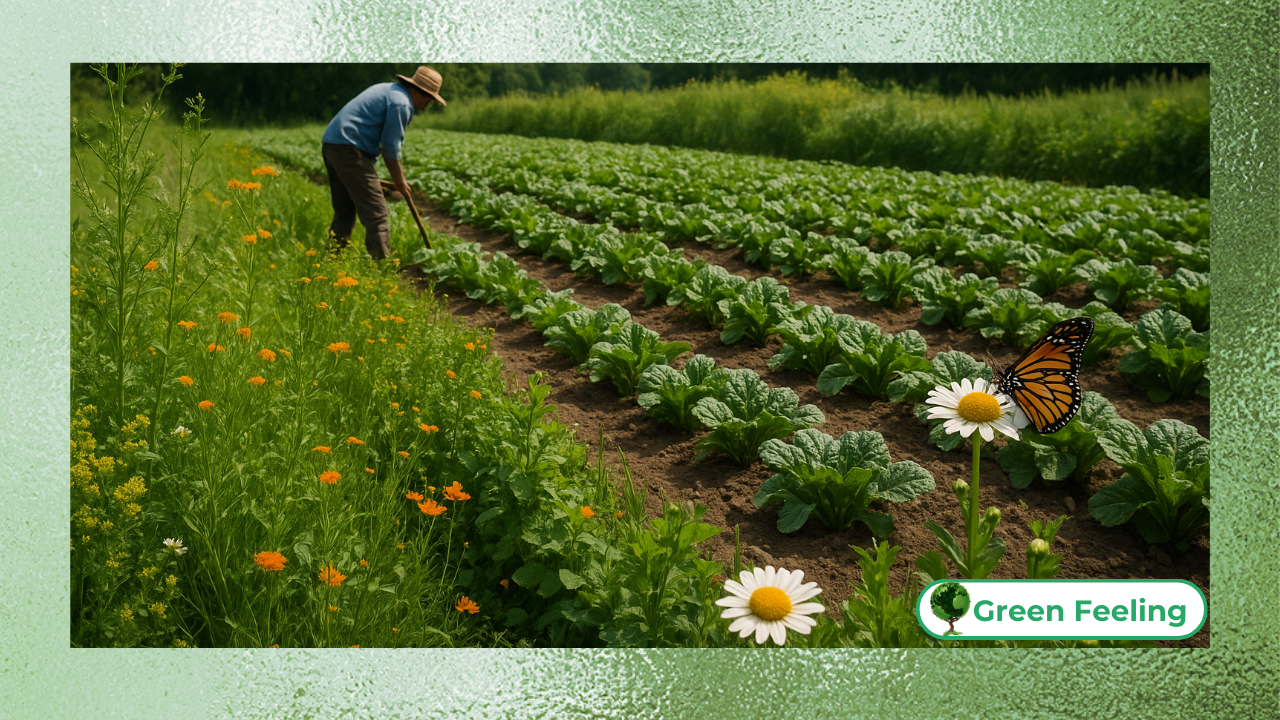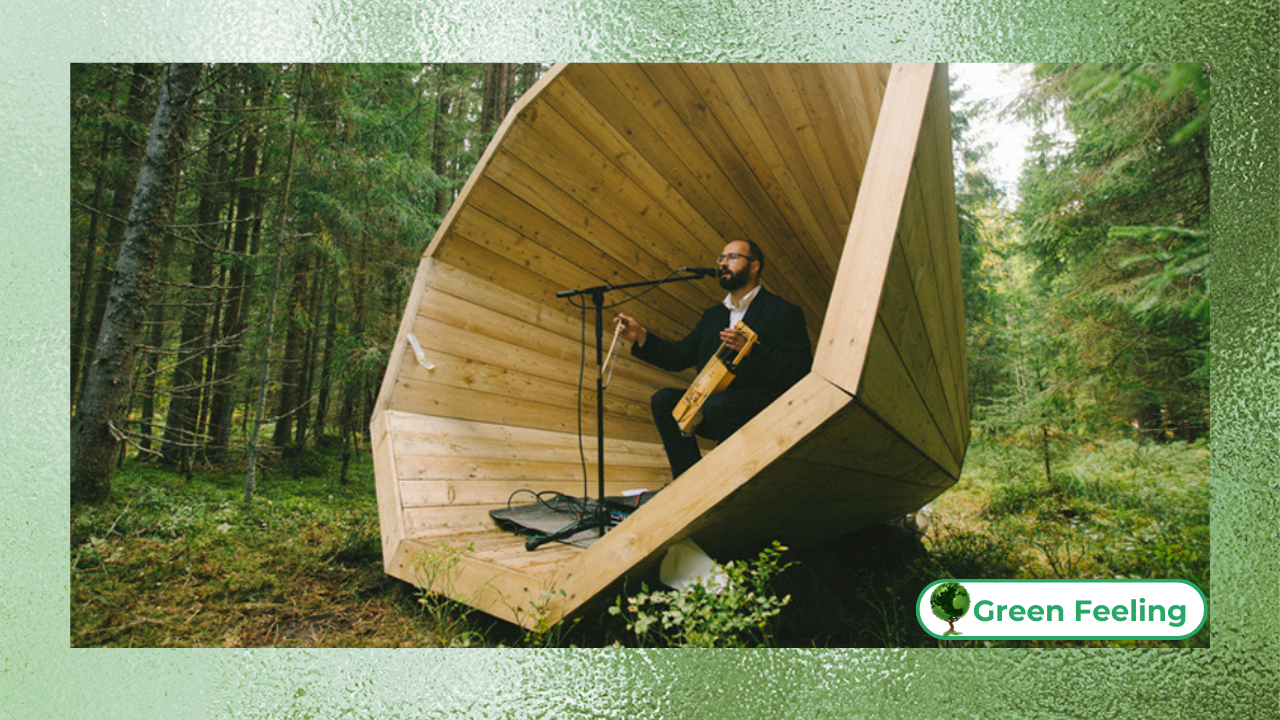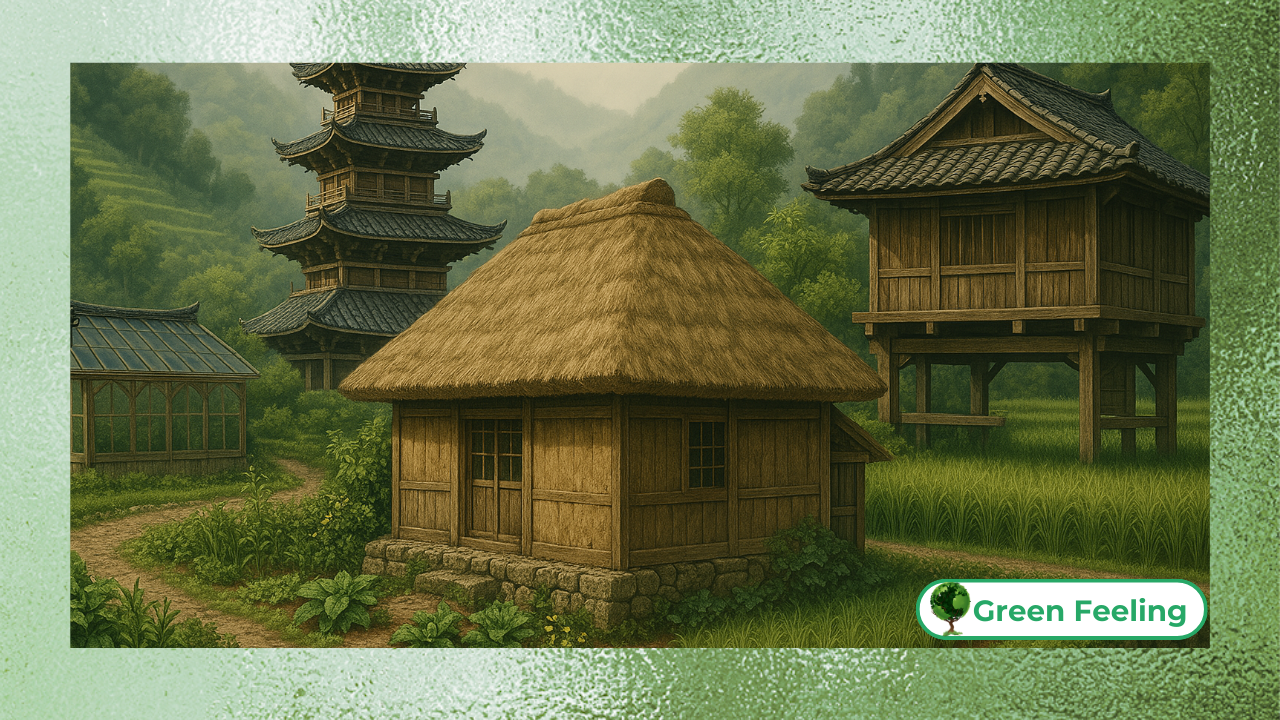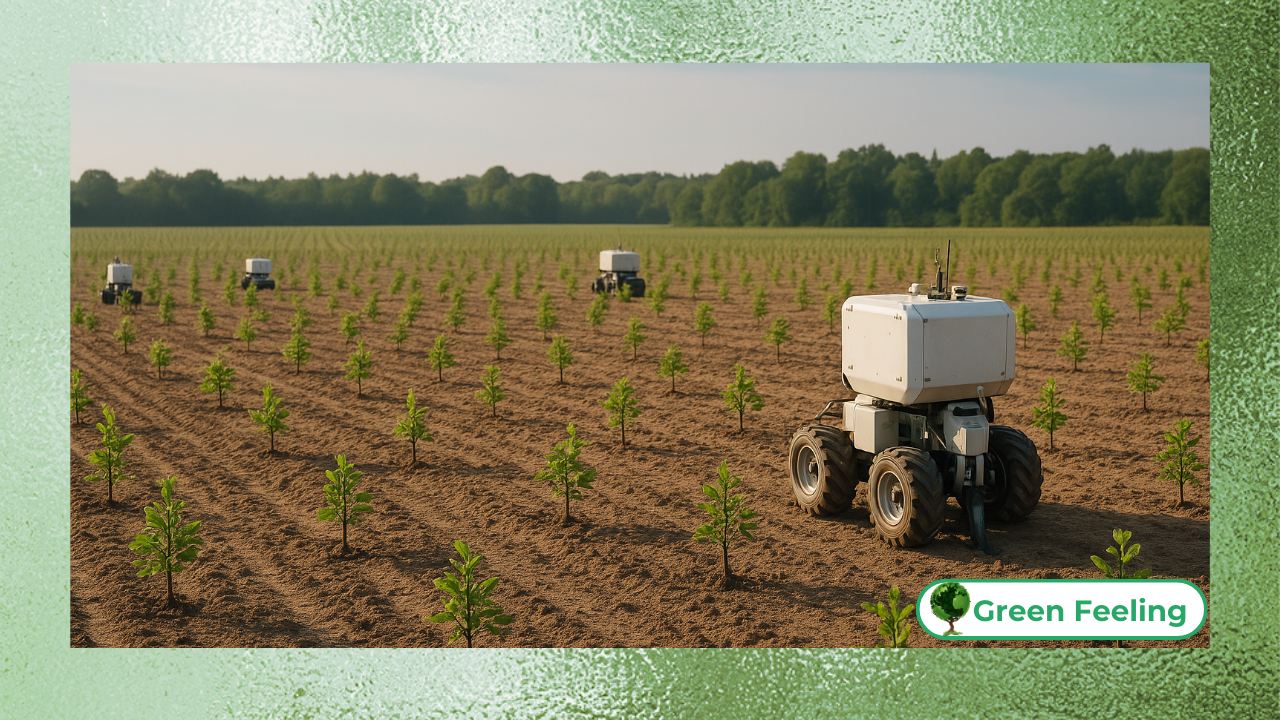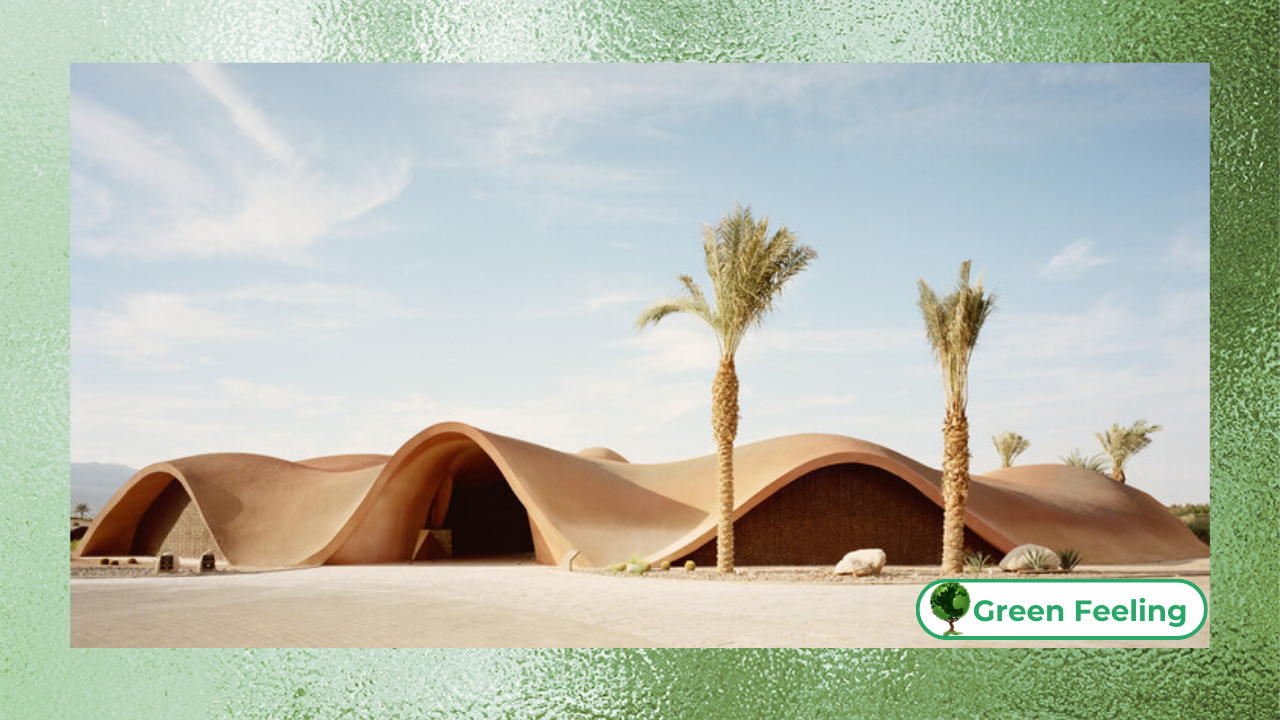Eco Houses: How to Build for a Sustainable Future
As the world faces increasing environmental challenges, the concept of eco houses has gained significant attention.
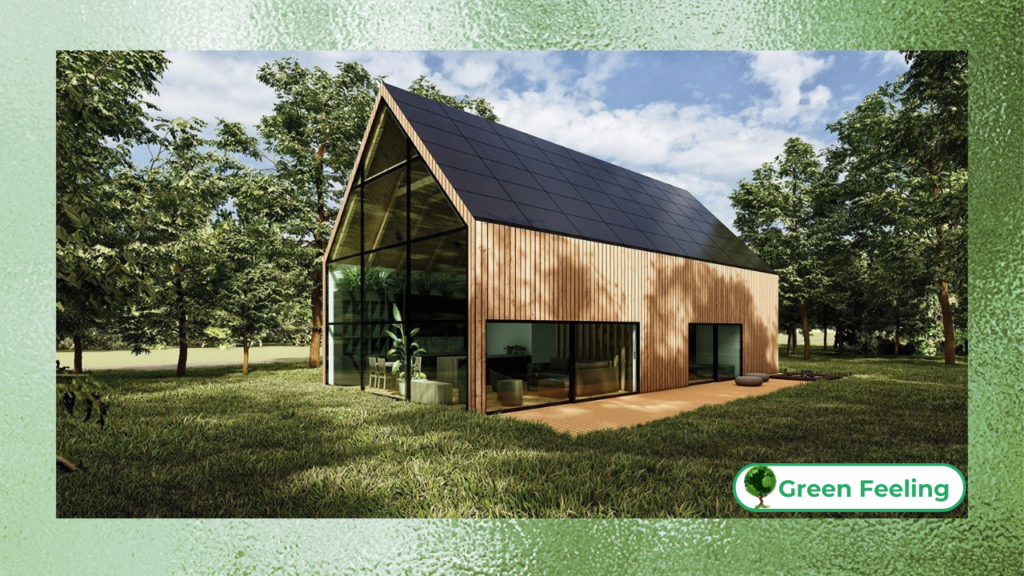
Eco houses, or sustainable homes, are designed to minimize environmental impact while maximizing energy efficiency, comfort, and affordability.
These homes incorporate renewable energy sources, sustainable materials, and innovative technologies to create living spaces that are both eco-friendly and future-proof.
This article explores the principles of eco houses, the steps to build one, and their benefits for a sustainable future.
By understanding how to create an eco house, you can contribute to a greener planet while enjoying a healthier and more cost-effective lifestyle.
The Rise of Eco Houses
The construction and operation of traditional homes are major contributors to environmental degradation, accounting for a significant portion of global carbon emissions, energy consumption, and waste.
Eco houses offer a solution by integrating sustainable practices into every aspect of design, construction, and daily living.
From solar panels to rainwater harvesting systems, these homes are designed to work in harmony with nature rather than against it.
The growing interest in eco houses reflects a broader shift toward sustainability and environmental responsibility. As more people recognize the importance of reducing their carbon footprint, eco houses are becoming a symbol of modern, conscious living.
Whether you’re building a new home or retrofitting an existing one, the principles of eco houses can guide you toward a more sustainable future.
+ Best Solar Panels for Home: Complete Guide
Principles of Eco Houses

Eco houses are built on a foundation of key principles that ensure their sustainability and efficiency. Below are the core principles that guide the design and construction of eco houses:
- Energy Efficiency: Minimizing energy consumption through insulation, efficient appliances, and renewable energy sources like solar or wind power.
- Sustainable Materials: Using eco-friendly materials such as reclaimed wood, bamboo, and recycled metal.
- Water Conservation: Implementing systems like rainwater harvesting and greywater recycling to reduce water waste.
- Waste Reduction: Designing homes to generate minimal waste during construction and daily use.
- Healthy Living: Ensuring good indoor air quality through natural ventilation and non-toxic materials.
- Integration with Nature: Building homes that blend seamlessly with their surroundings and promote biodiversity.
+ Green Cities: See the cities
Steps to Build an Eco House
Building an eco house requires careful planning and a commitment to sustainability. Below are the key steps involved in creating an eco-friendly home:
- Site Selection: Choose a location that minimizes environmental impact, such as a site with good solar exposure and access to public transportation.
- Design and Planning: Work with architects and designers who specialize in sustainable building practices. Focus on passive design strategies like natural lighting and ventilation.
- Material Selection: Use sustainable, locally sourced materials to reduce the carbon footprint of construction.
- Energy Systems: Install renewable energy systems like solar panels, wind turbines, or geothermal heating.
- Water Systems: Incorporate rainwater harvesting, greywater recycling, and water-efficient fixtures.
- Construction Practices: Use eco-friendly construction methods that minimize waste and pollution.
- Landscaping: Create a garden with native plants that require minimal water and maintenance.
Read More: How to Self Build an Eco House
Benefits of Eco Houses
Eco houses offer a wide range of benefits, making them a smart choice for both individuals and the planet. Below are some of the most significant advantages:
- Lower Energy Bills: Energy-efficient designs and renewable energy systems reduce utility costs.
- Reduced Environmental Impact: Eco houses minimize carbon emissions, water usage, and waste.
- Improved Health: Non-toxic materials and good indoor air quality promote better physical and mental health.
- Increased Property Value: Sustainable homes are in high demand and often have higher resale values.
- Resilience: Eco houses are designed to withstand climate-related challenges like extreme weather and resource scarcity.
+ Vertical Gardens: The Green in Urban Spaces
Eco Houses: A Table Overview
Below is a table summarizing the key features and benefits of eco houses:
| Feature | Description |
| Energy Efficiency |
Uses renewable energy and efficient appliances to reduce energy consumption.
|
| Sustainable Materials |
Built with eco-friendly, locally sourced materials.
|
| Water Conservation |
Incorporates rainwater harvesting and greywater recycling systems.
|
| Waste Reduction |
Minimizes waste during construction and daily living.
|
| Healthy Living |
Ensures good indoor air quality and uses non-toxic materials.
|
| Integration with Nature |
Designed to blend with the environment and promote biodiversity.
|
Challenges of Building Eco Houses
While eco houses offer numerous benefits, they also come with challenges that need to be addressed:
- Higher Initial Costs: Sustainable materials and technologies can be more expensive upfront.
- Limited Expertise: Finding architects and builders with experience in eco-friendly construction can be difficult.
- Regulatory Barriers: Local building codes and regulations may not always support sustainable practices.
- Maintenance: Some eco-friendly systems, like solar panels, require regular maintenance.
Solutions to Overcome Challenges
To address these challenges, consider the following solutions:
- Government Incentives: Take advantage of tax credits, grants, and subsidies for sustainable building projects.
- Education and Training: Invest in training for architects, builders, and homeowners on eco-friendly practices.
- Community Support: Collaborate with local communities and organizations to promote sustainable building.
- Long-Term Perspective: Focus on the long-term savings and benefits of eco houses, rather than just the initial costs.
+ The Secrets of Brutalism: An analysis of concrete and functionality
Did You Enjoy Learning About Eco Houses?
Eco houses represent a transformative approach to housing, offering a sustainable alternative to traditional homes.
By incorporating energy-efficient designs, renewable energy systems, and eco-friendly materials, these homes provide a healthier, more cost-effective, and environmentally responsible way of living.
Whether you’re building a new home or retrofitting an existing one, the principles of eco houses can guide you toward a greener future.
As environmentalist once said,
“When we build, let us think that we build forever.” – David Orr.
This quote highlights the importance of creating homes that are not only functional and beautiful but also sustainable and resilient.
Conclusion
Eco houses are more than just a trend; they are a necessity in the face of climate change and resource depletion.
By adopting sustainable building practices, we can reduce our environmental impact, improve our quality of life, and create homes that are resilient to future challenges.
Whether you’re a homeowner, builder, or policymaker, the principles of eco houses offer a roadmap for a more sustainable and equitable future.
As we look ahead, it is clear that eco houses will play a crucial role in shaping the way we live and interact with our environment.
By embracing this vision, we can build a future where homes are not just shelters but also stewards of the planet.
References and Further Reading
- ORR, D. The Nature of Design: Ecology, Culture, and Human Intention. Oxford University Press, 2002.
- EDWARDS, B. Rough Guide to Sustainability. RIBA Publishing, 2014.
- Eco Houses: Sustainable Living – Worldpackers
- Sustainable Building Practices – U.S. Green Building Council
- Renewable Energy for Homes – International Renewable Energy Agency

